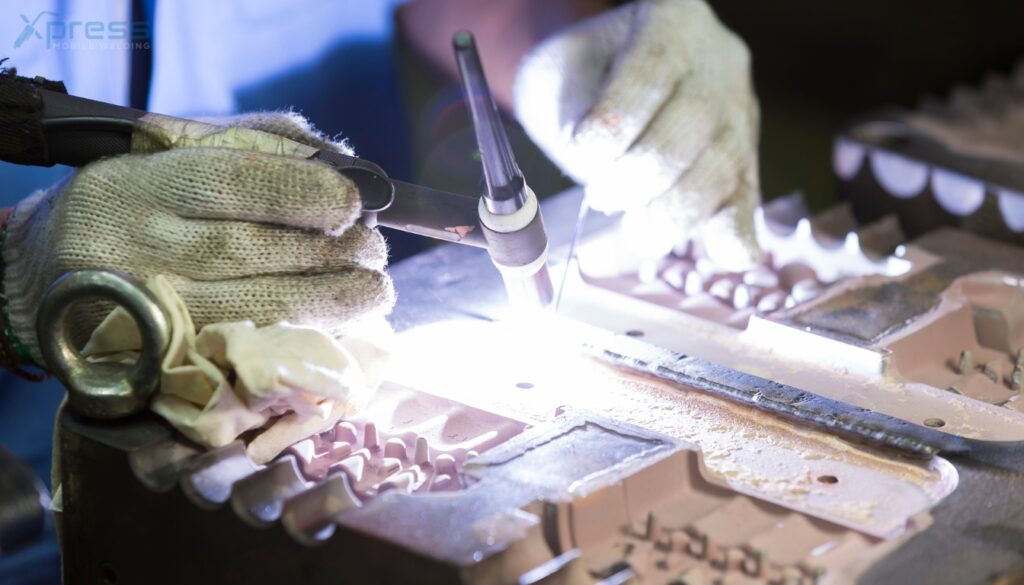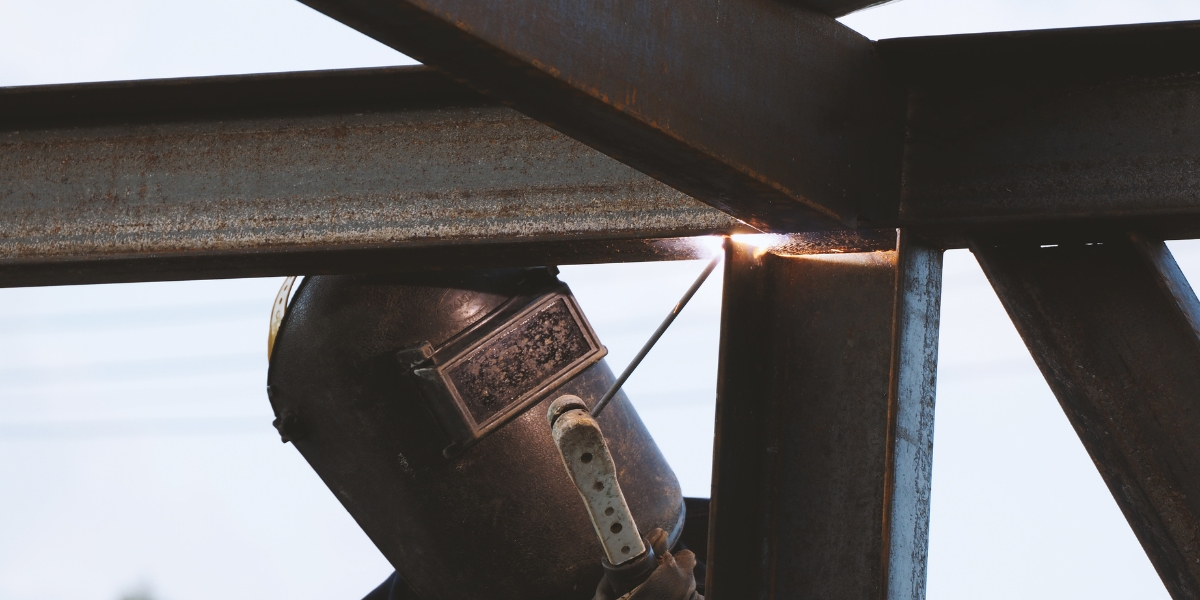
DCEP and Electron Flow in Advanced Welding Techniques
Introduction
Welding is a fundamental aspect of modern manufacturing and construction, serving as the backbone for countless structures, vehicles, and machines that shape our world. With advancements in technology, the methods and techniques used in welding have evolved significantly over time. One of the most crucial concepts in welding is Direct Current Electrode Positive (DCEP) and how electron flow impacts the quality and efficiency of various welding processes. In this article, we will explore the intricacies of DCEP and electron flow in advanced welding techniques while addressing common questions related to welding safety, equipment, and practices.
What is DCEP?
Direct Current Electrode Positive (DCEP) refers to a specific polarity used in arc welding. In this method, the electrode serves as the positive terminal while the workpiece acts as the negative terminal. This configuration affects how heat is generated during the welding process, influencing weld penetration and bead formation. Understanding DCEP is essential for welders aiming for high-quality results.
How Does Electron Flow Work in DCEP?
When discussing DCEP, it’s important to understand electron flow. In this setup, electrons flow from the electrode to the workpiece. This movement generates an intense arc that melts both the filler material (if used) and base metal at the joint. The result is a strong bond between materials.
Effects on Weld Quality
The direction of electron flow in DCEP has several effects on weld quality:

Comparing DCEP with Other Polarities
Welding can also be done using Alternating Current (AC) or Direct Current Electrode Negative (DCEN). Each method has its advantages:
- DCEP: Better penetration and cleaning action.
- DCEN: Lower heat input; often used for thin materials.
- AC: Useful for aluminum welding; it alternates between positive and negative polarities.
Understanding these differences allows welders to choose appropriate techniques based on their project requirements.

The Science Behind Electron Flow in Welding
The Role of Electrons
Electrons are fundamental particles involved in creating an electric arc during welding. Their behavior influences many aspects of the process, including temperature distribution and chemical reactions taking place at the weld site.
Factors Affecting Electron Flow
Several factors can affect electron flow during DCEP welding:
Understanding these variables helps welders optimize their settings for improved performance.
Applications of DCEP in Advanced Welding Techniques
DCEP finds applications across various industries due to its benefits:
MIG Welding Applications
In Metal Inert Gas (MIG) welding, DCEP offers excellent penetration when working with thicker metals like steel or stainless steel, making it ideal for structural applications.
TIG Welding Applications
While TIG welding typically uses DCEN, certain situations may call for DCEP when working with specific alloys or achieving particular finishes.
Stick Welding Applications
For Shielded Metal Arc Welding (SMAW), utilizing DCEP can enhance cleaning action on contaminated surfaces—critical for high-quality welds on structural components.
Welding Safety Considerations
Safety should always be a top priority when engaging in any kind of welding activity. Here are some essential safety measures:
Are Welding Fumes Toxic?
Yes, welding fumes can contain harmful substances such as silica or lead which pose health risks if inhaled over time. Proper ventilation systems are crucial to mitigate exposure.
Are Welding Gloves Heat Resistant?
Indeed! Quality welding gloves are designed with heat-resistant materials like leather or Kevlar to protect hands from burns while maintaining dexterity.
Are Welding Helmets Solar Powered?
Many modern helmets come equipped with solar-powered features that recharge their batteries using sunlight—ensuring consistent use without frequent replacements.
How Welding Affects Your Eyes
Welding produces intense light that can damage your eyes if proper eye protection isn’t worn—such as specialized goggles or helmets equipped with filters specifically designed for this purpose.
Welding Equipment Essentials
Having suitable equipment can make all the difference in achieving successful outcomes:
What Welding Rod Should I Use?
Choosing an appropriate rod depends on your project needs; for instance:
- For stainless steel: ER308L
- For aluminum: ER4047
- For mild steel: E6011 or E7018
A comprehensive understanding of rods ensures compatibility with material types and thicknesses encountered during projects.
What Welding Gas Should I Use?
Different gases serve distinct purposes:
- MIG welding typically requires Argon/CO2 mixtures.
- TIG often uses pure Argon for non-ferrous metals. Selecting correct gas contributes significantly to overall weld quality and integrity.
FAQs about Advanced Welding Techniques
- Certification requirements vary by industry but commonly include AWS certifications or specific training programs focusing on processes like MIG or TIG welding.
- Yes! Quality blankets are designed to withstand high temperatures safely while protecting surrounding areas from sparks or molten metal splatter during operations.
- The right shade depends on your process; generally ranging from 10–14 depending on intensity—higher numbers offer more protection against bright arcs!
- Absolutely! However ensure they meet safety standards (ANSI Z87) offering necessary protection against UV rays emitted during processes like MIG/TIG/Stick work!
- Universal tips work across varied applications providing versatility but might not deliver optimal performance compared specific ones tailored towards distinct needs!
- Proper grip involves holding tools securely while maintaining control ensuring stability throughout operation minimizing chances accidents occurring unexpectedly!
Conclusion
In conclusion, understanding Direct Current Electrode Positive (DCEP) along with its implications regarding electron flow provides valuable insights into advanced welding techniques essential for producing high-quality results effectively across numerous industries globally! By prioritizing safety measures alongside selecting appropriate equipment while honing skills through continuous learning opportunities—we contribute positively towards enhancing our craft elevating standards within field moving forward together collectively paving way future innovations shaping landscape industry forevermore!
Whether you're an experienced welder seeking new knowledge or someone just beginning their journey into this fascinating world—embracing concepts like "DCEP" will undoubtedly serve you well leading successful endeavors ahead!